This question is a follow-on from this question
Not shown in your diagram is the extents of your solder mask which is the coated portion of your PCB.
If you read paragraph 6.3.4 (clarifying B4), PCB copper areas that have solder mask coating fall under B4. However, the exposed (uncoated) pads and traces on the PCB fall under B2 (B3 for altitude > 3050m).
Uncoated (no conformal coating) component leads fall under A6.
IPC-2221 is a best practices guide. You can disregard the numbers and make the clearances smaller, but reliability will be compromised - perhaps to zero.

